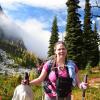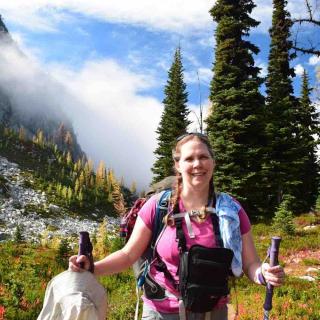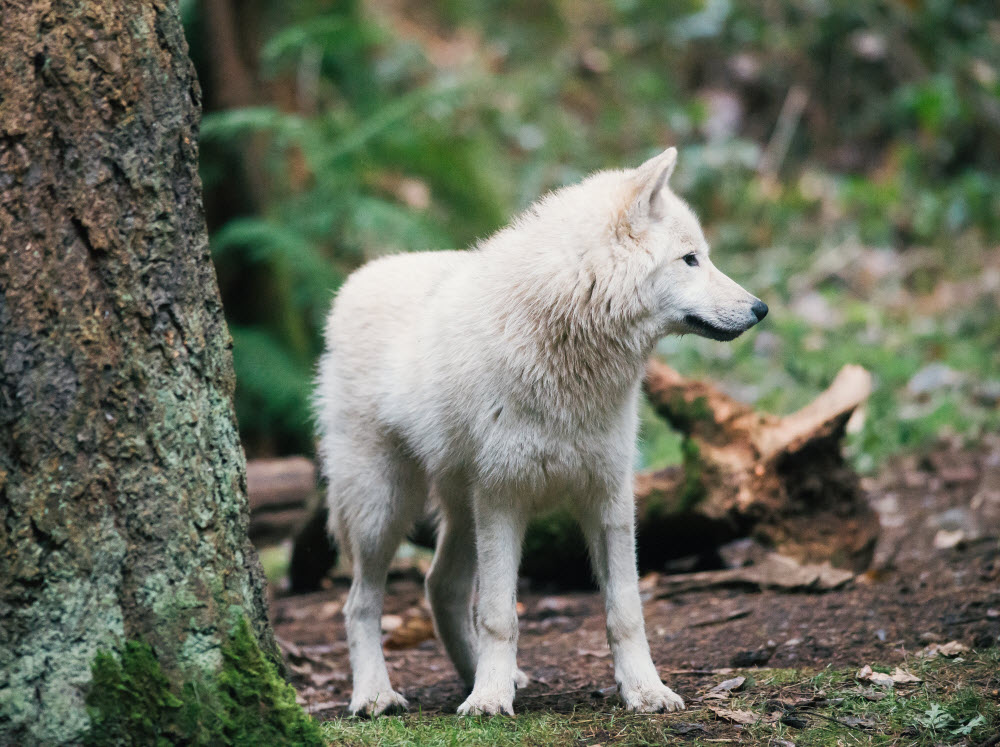
The sun had gone down on our windy desert campground, and my family burrowed in their sleeping bags in the tent. I sat outside, reading my book by the quiet glow of headlamp, fire dying down to embers. The high yipping of coyotes echoed from across the lake. My daughter asked nervously, her voice catching in her throat, if I was sure those weren’t wolves, and if I was sure they wouldn’t come into our camp? It made me wonder what it would have been like to live in our state when the wolves were abundant.
Gray wolves used to roam all over the Pacific Northwest, but were exterminated in Washington during the period of European settlement, and were gone from the state by the 1930s. Now they are slowly making their way back to our state, naturally repopulating wild areas in the eastern corner of Washington and the North Cascades, wandering south from coastal B.C. or west from Idaho and Montana.
Wildlife managers aren’t purposely bringing them back, but are tracking their successes and locating and monitoring any breeding packs. The Washington Department Fish and Wildlife (WDFW) did a survey in 2013, and found at least 13 packs in eastern Washington. They predict that within the next several years, we’ll find wolves moving over to the west side, as packs grow larger and previous years’ pups disperse. Dave Ware, a WDFW biologist, told me that though we live in one of the more populous states in the west, we do still have large areas of protected public lands that provide sufficient habitat for large predators, such as wolves. Gray wolves are protected in most states under the Endangered Species Act.
Our family thought it was intriguing to learn about wolves’ impacts on the ecosystem. As an apex predator, they affect the behaviors and populations of many different animals and the plants they depend on. They draw out varied emotions, such as reverence, rage, hatred, fear and wonder. I’ve noticed my children have a natural awe and intense curiosity about these four-legged wilderness residents.
Want to explore Washington's wolves with your kids? There are a number of local places to see and learn about them.
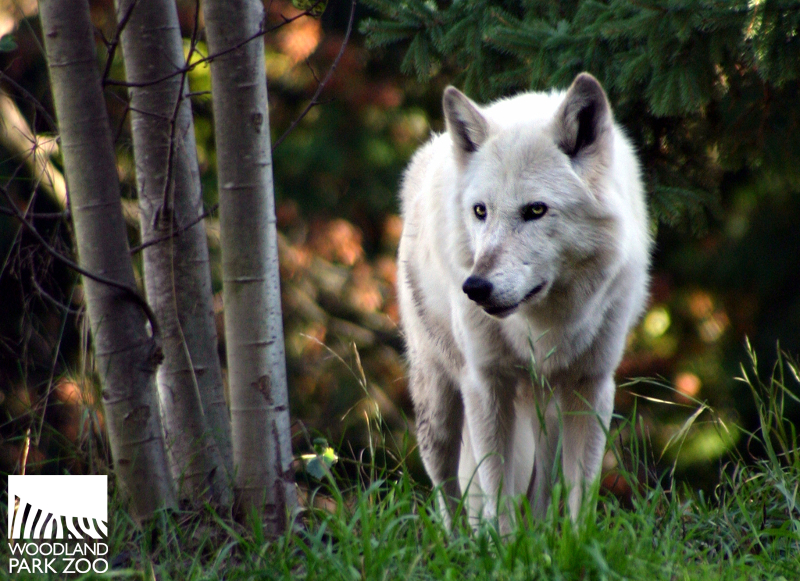
Where to see wolves
The Woodland Park Zoo is a good place to start. The Northern Trail has a section with four female gray wolves. The wolves look like they are right in with the elk, though a fence separates them. Kids will enjoy watching the wolves survey the area from the top of their hill and play with enrichment items in their enclosure. Summer hours at the zoo are from 9:30 a.m. to 6 p.m. daily.(Admission:$11.75–$18.75; children 0-2 are free.
Northwest Trek has three young gray wolves on exhibit, also. “The pack is generally active throughout the day, and the wolves can frequently be seen chasing one another around, even trying to climb up trees,” says Kris Sherman, Public Relations Coordinator for Northwest Trek. “They also pay attention to the movements of visitors, so as people walk along the outside of the exhibit, the wolves will follow along from the inside.” (Admission: $9.25–$19.75; children 2 and under are free. Pierce County residents pay slightly cheaper rates.
Point Defiance Zoo and Aquarium has red wolves, which are native to the eastern United States. (Admission is $8.75–$17; children ages 2 and under are free; get a discount by buying tickets online. Hours change seasonally; check their website for current hours and driving directions.)
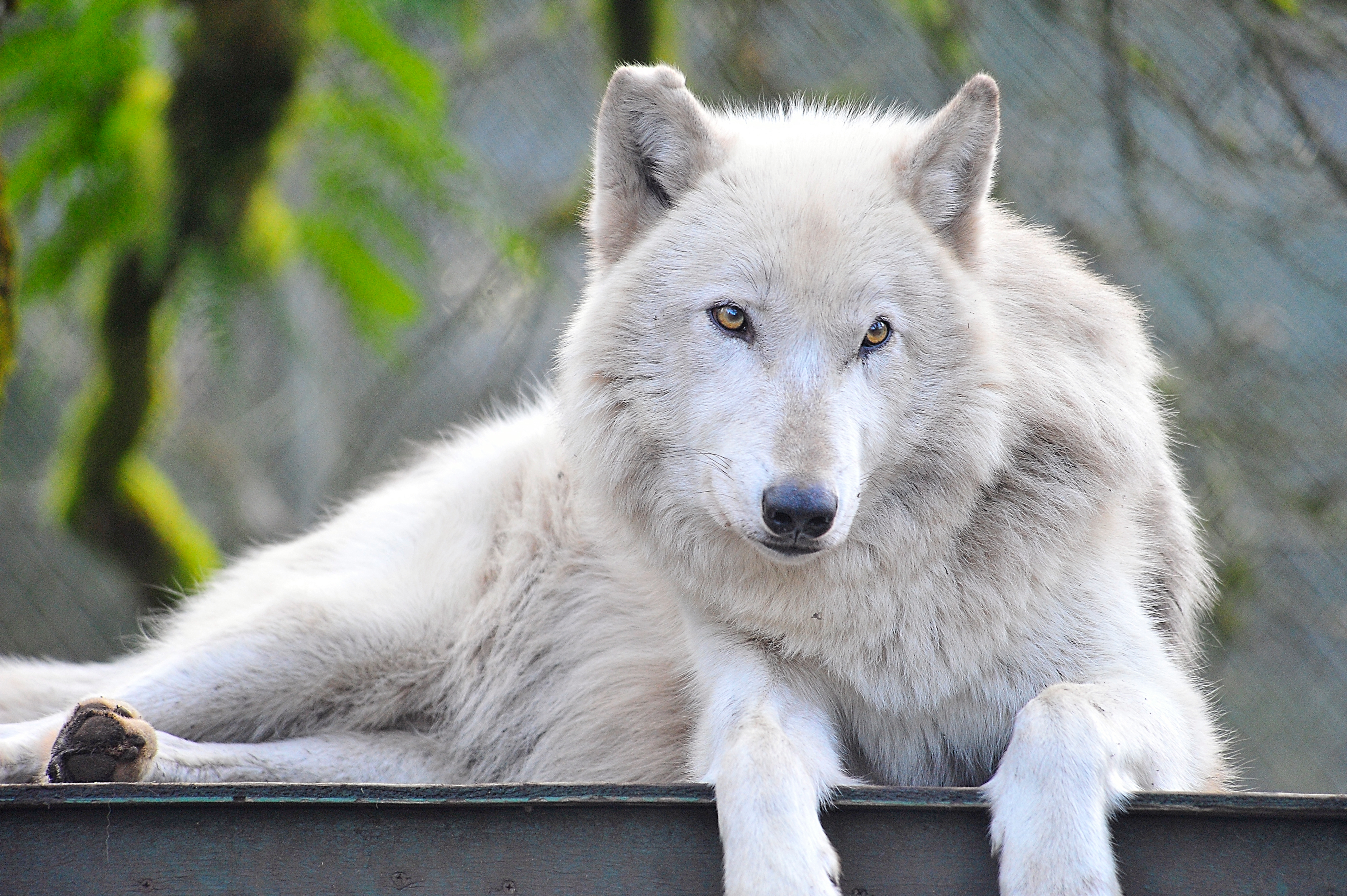
Wolf Haven is a nonprofit wolf sanctuary in the Tenino area. Visitors can see many wolves roaming around in their large, naturalistic enclosures. Take a guided tour and learn about the wolves, their history, ecology and conservation. Wolf Haven is open every day except Tuesdays, from 10 a.m. to 4 p.m. (noon to 4 p.m. on Sundays). Tours leave every hour on the hour; the last tour leaves at 3 p.m. You can also attend their Midsummer’s Night events, (replacing the Wolf Howls) where you get to spend the evening at the sanctuary, take a tour, have dinner and s’mores, and get even more information about the wolves. The event is sold out for 2014, but you can get on a mailing list to hear about next year’s ticket sales.
Reading about wolves
You’ll find dozens of resources at your library and online for learning more about wolves. I’ve highlighted several that stand out and that our family has enjoyed.
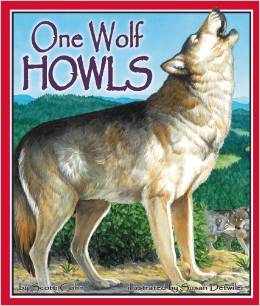 Picture books
Picture books
One Wolf Howls by Scotti Cohn, Illustrated by Susan Detwiler. My kids were drawn to the poetry of this book, and the beautiful illustrations. There are activities in the back for parents or educators to use for further exploration.
Books by Jean Craighead George
The Wolves are Back, Illustrated by Wendell Minor. Tells the story of how the wolves returned to Yellowstone, and how they affect the ecosystem.
Look to the North: A Wolf Pup Diary, Illustrated by Lucia Washburn. Follows wolf pups through the year as they grow and learn.
Nonfiction and chapter books for young readers
Little Wolves by Helene Montarde; Born to be Wild series. There are many nonfiction books about wolves in the library. This one is a nice compromise between amount of information and ease of use.
Amazing Animals: Wolves by Christina Wilsdon. Packed with information, this book is nevertheless easy to read for middle elementary students.
Julie of the Wolves by Jean Craighead George. This fictional chapter book brings to life a young Inuit girl who befriends a pack of wolves and struggles to keep her traditional ways and find her father. (Caveat: This book does have some disturbing domestic scenes and involves a forced childhood marriage. With my younger child, I edited these parts as we read aloud.)
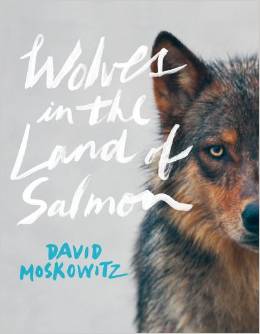 Books for adults and teens
Books for adults and teens
Wolves in the Land of Salmon by David Moskowitz. Written by a professional wildlife tracker, photographer, and environmental educator, this beautiful book thoroughly covers the wolves that are repopulating Washington State.
Wolves by Art Wolfe and Chris Weston. This book is filled with dramatic photos and useful information about wolves as they go about their lives in the wild.
Videos and websites
Land of the Lost Wolves, produced by Tim Martin of the BBC. You may be able to find this set of two videos in your library, on iTunes, or on YouTube. Watch as researchers track and study the first packs to repopulate Washington State.
Washington Department of Fish and Wildlife: See a map of the known packs in the state, and learn more about ecology and conservation efforts.



